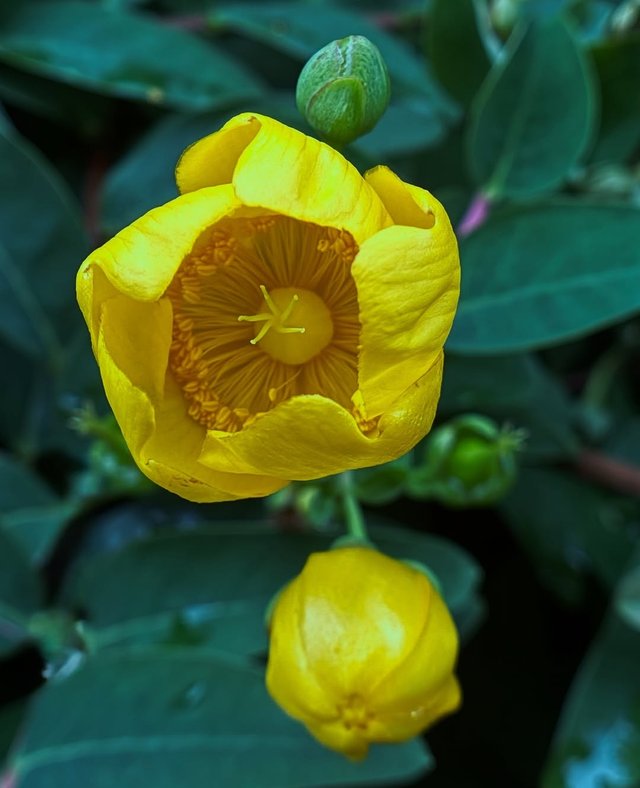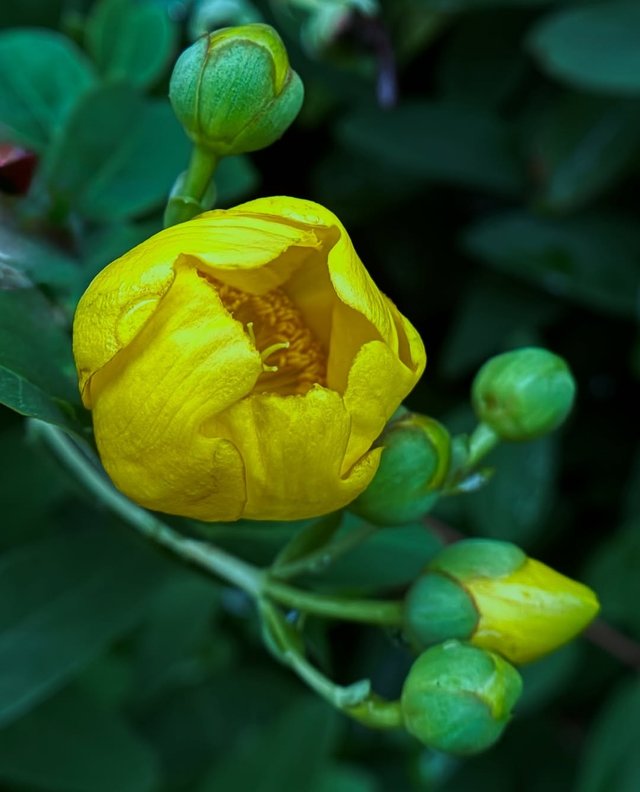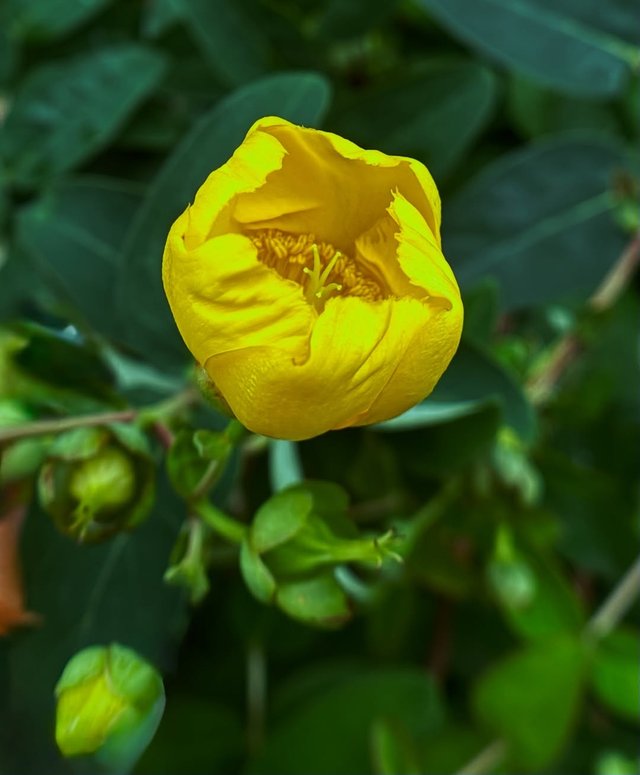Yellow Paeonia Daurica Subsp Mlokosewitschii Flower
Paeonia daurica subsp. mlokosewitschii: a detailed grower’s guide
Snapshot
Family: Paeoniaceae
Synonyms & naming: long known in gardens as Paeonia mlokosewitschii; now widely treated as a subspecies of P. daurica.
Origin: Eastern Caucasus
Type: Herbaceous woodland-edge peony
Bloom: Early to mid-spring; typically soft primrose-yellow, sometimes cream or blush-pink
Size: 30–60 cm tall; 45–75 cm wide
Use: Specimen for partial shade, woodland borders, naturalistic plantings
Why gardeners love it
This is the classic yellow herbaceous peony for temperate gardens. Its poise comes from elegant, bluish green foliage and single, bowl-shaped flowers that open weeks before many herbaceous peonies. The color is unusually gentle for a peony—think primrose rather than chrome—making it easy to place with spring bulbs, hellebores, and epimediums.
A note on the name
The plant reached Western horticulture through the 1890s collections of Polish-Russian forester Ludwik Młokosiewicz in the Caucasus. His surname morphed in nursery trade to “Mlokosewitschii,” and eventually to the affectionate nickname “Molly-the-Witch.” You’ll still see seed and plants sold as P. mlokosewitschii; in modern treatments it’s Paeonia daurica subsp. mlokosewitschii.
Botanical description
Habit: Compact, clump-forming perennial with seasonal dieback.
Stems: Smooth, reddish when young, becoming green; upright but not rigid.
Leaves: Ternate to biternate; leaflets broad-elliptic, glaucous to blue-green; margins smooth; foliage remains handsome into summer in cooler sites.
Flowers: Usually solitary per stem, 8–12 cm across; 5–9 satiny petals in pale primrose to soft lemon; a boss of golden stamens; occasionally a pink blush, especially from seed.
Fragrance: Light, fresh, not heavy like many double peonies.
Fruits/seed: Follicles that split in late summer revealing glossy dark seeds with paler arillate “false” seeds; attractive to ants and useful for sowing if you’re patient.
Ecology & phenology
Native habitat: Openings of deciduous forests, scrub, and rocky slopes in the eastern Caucasus, often on well-drained calcareous or neutral soils.
Pollination: Primarily by bees and early spring insects; the open bowl form is highly accessible.
Seasonality: Shoots emerge as soil warms; flowering typically March–May depending on climate; foliage can go summer-dormant in hot, dry regions.
Cultivation & care
Site and soil
Light: Morning sun with afternoon shade is ideal. It tolerates bright shade; avoid deep shade.
Soil: Fertile, humus-rich, well drained. Loams with a hint of lime are perfect; neutral to slightly alkaline pH is preferred, though it adapts to mildly acidic soils if drainage is excellent.
| Device | cannon eos 700D |
|---|---|
| Lens | 55-250 zoom leans |
| Location | Bangladesh |




